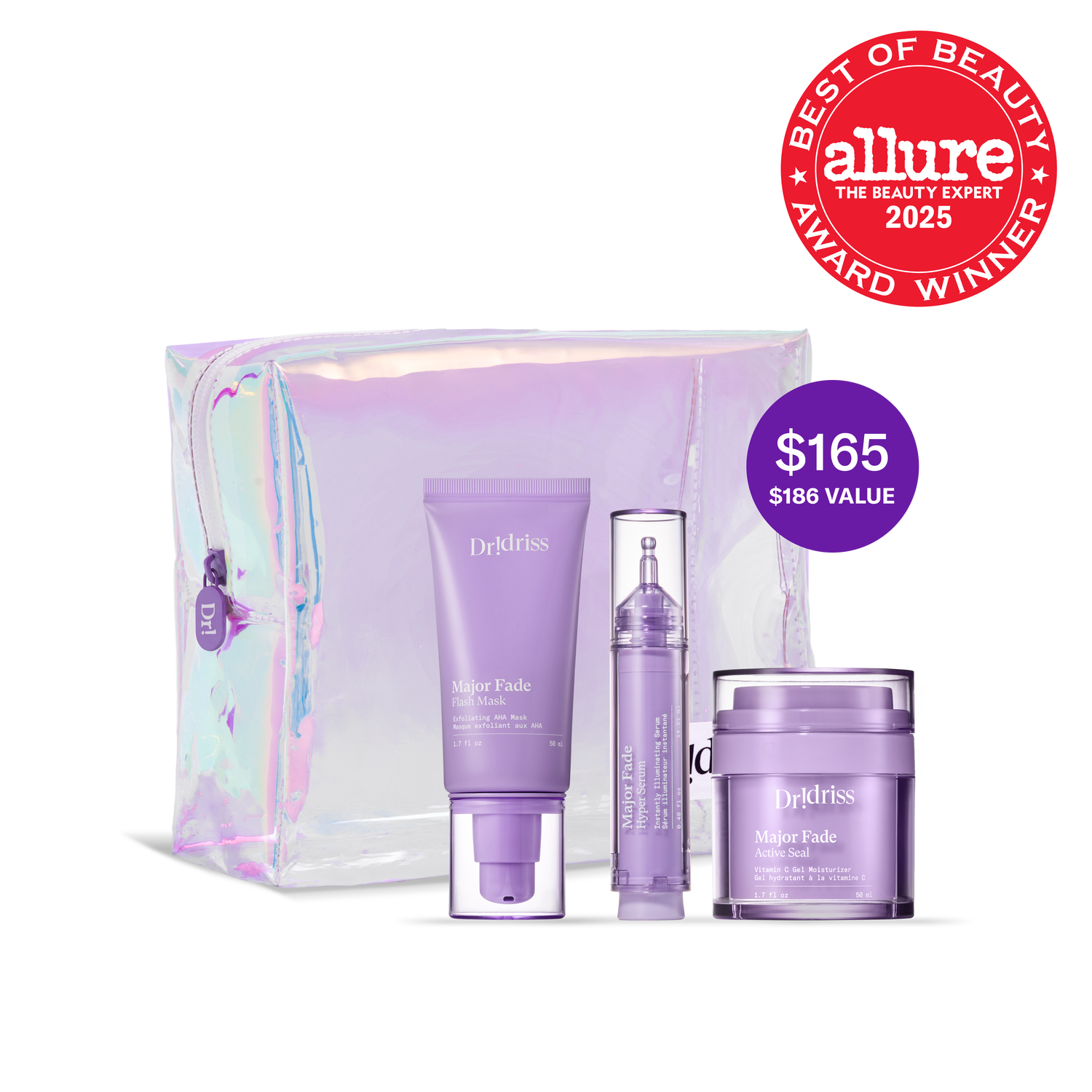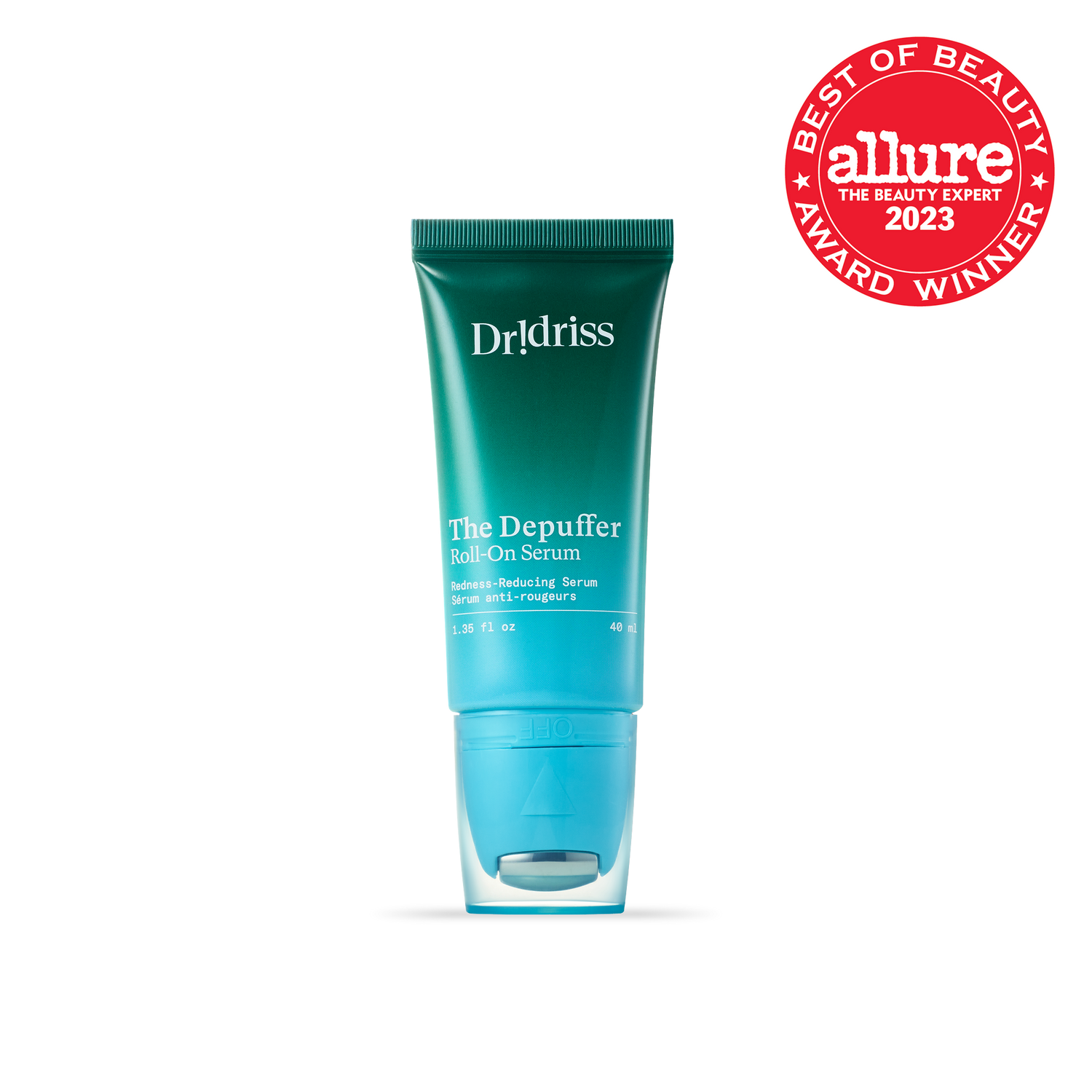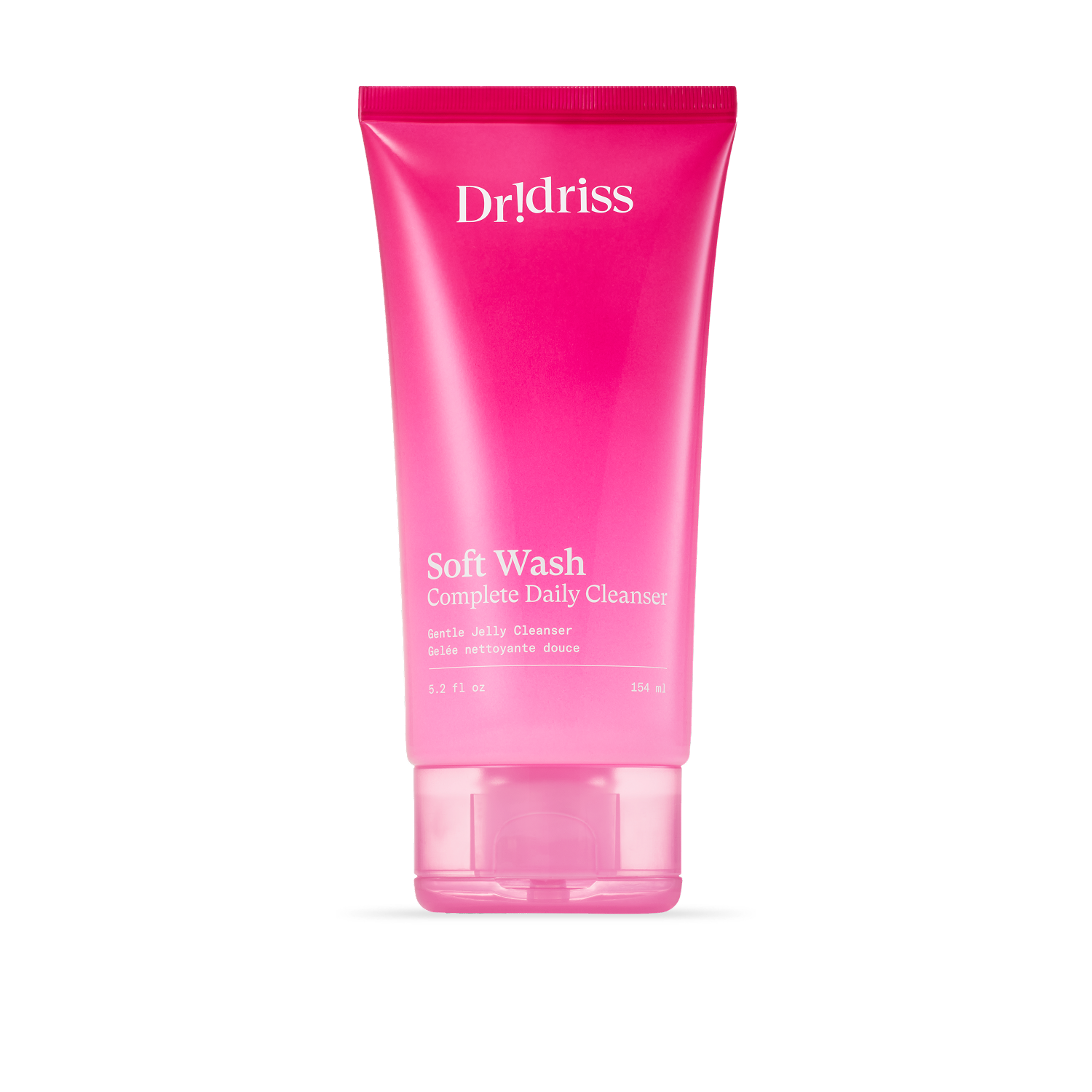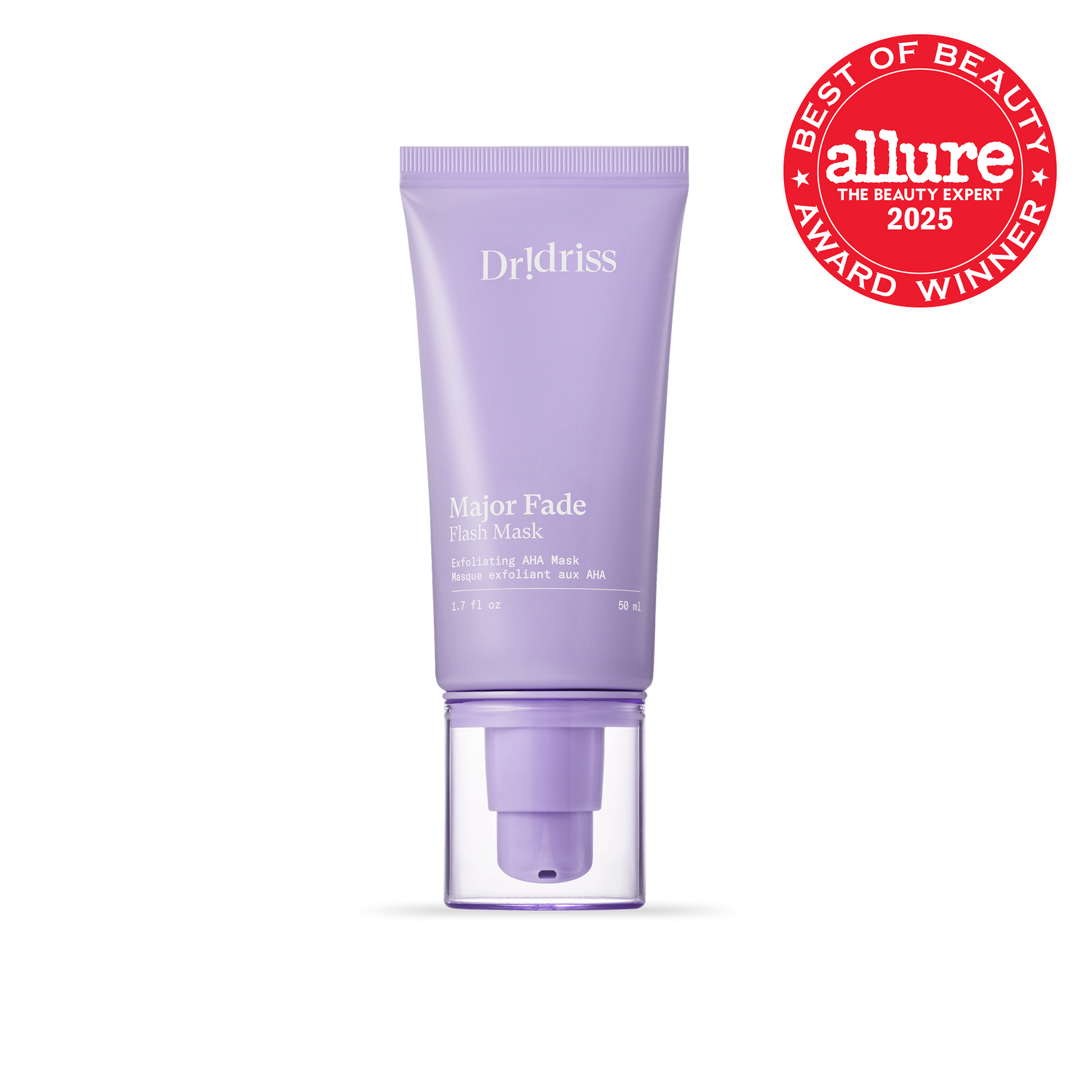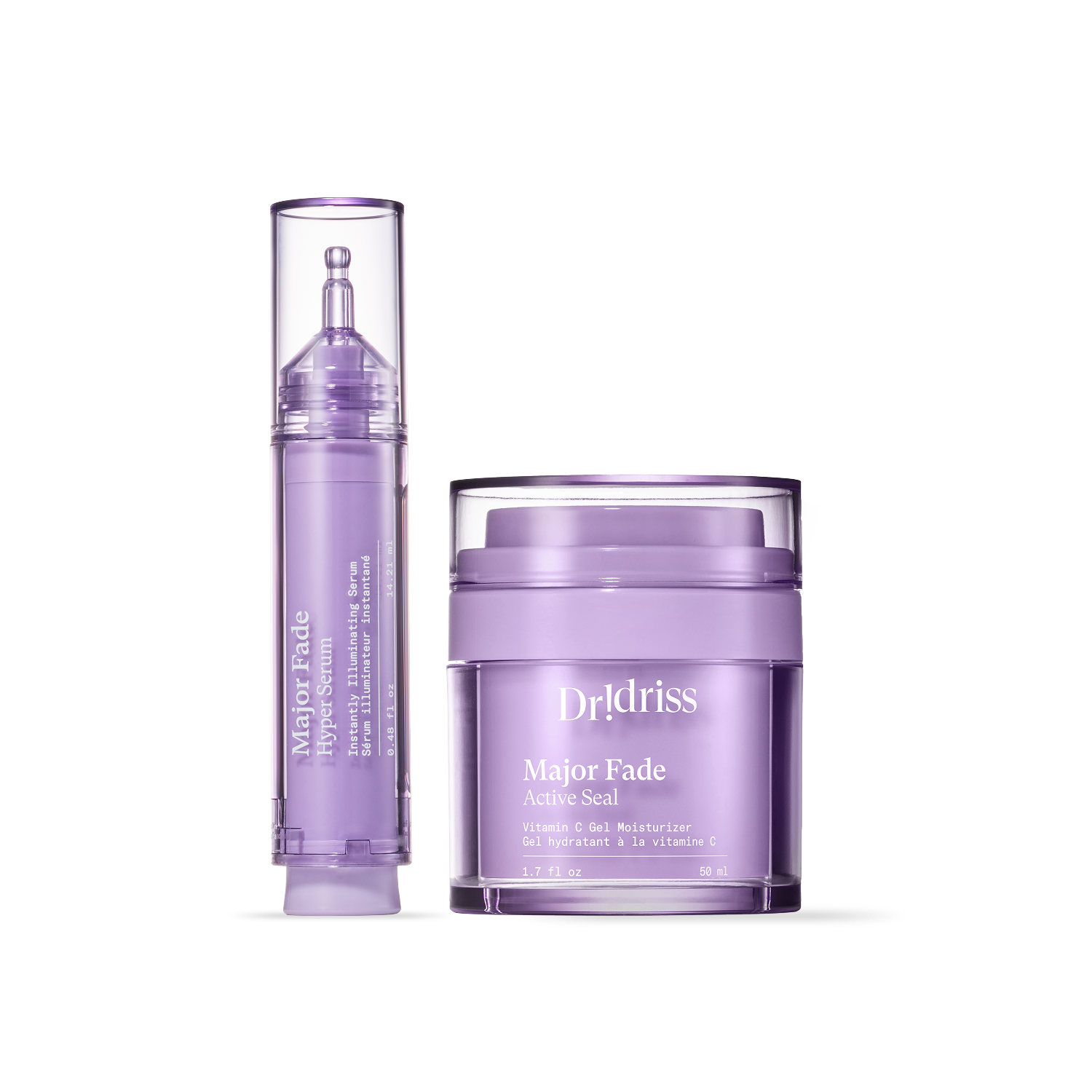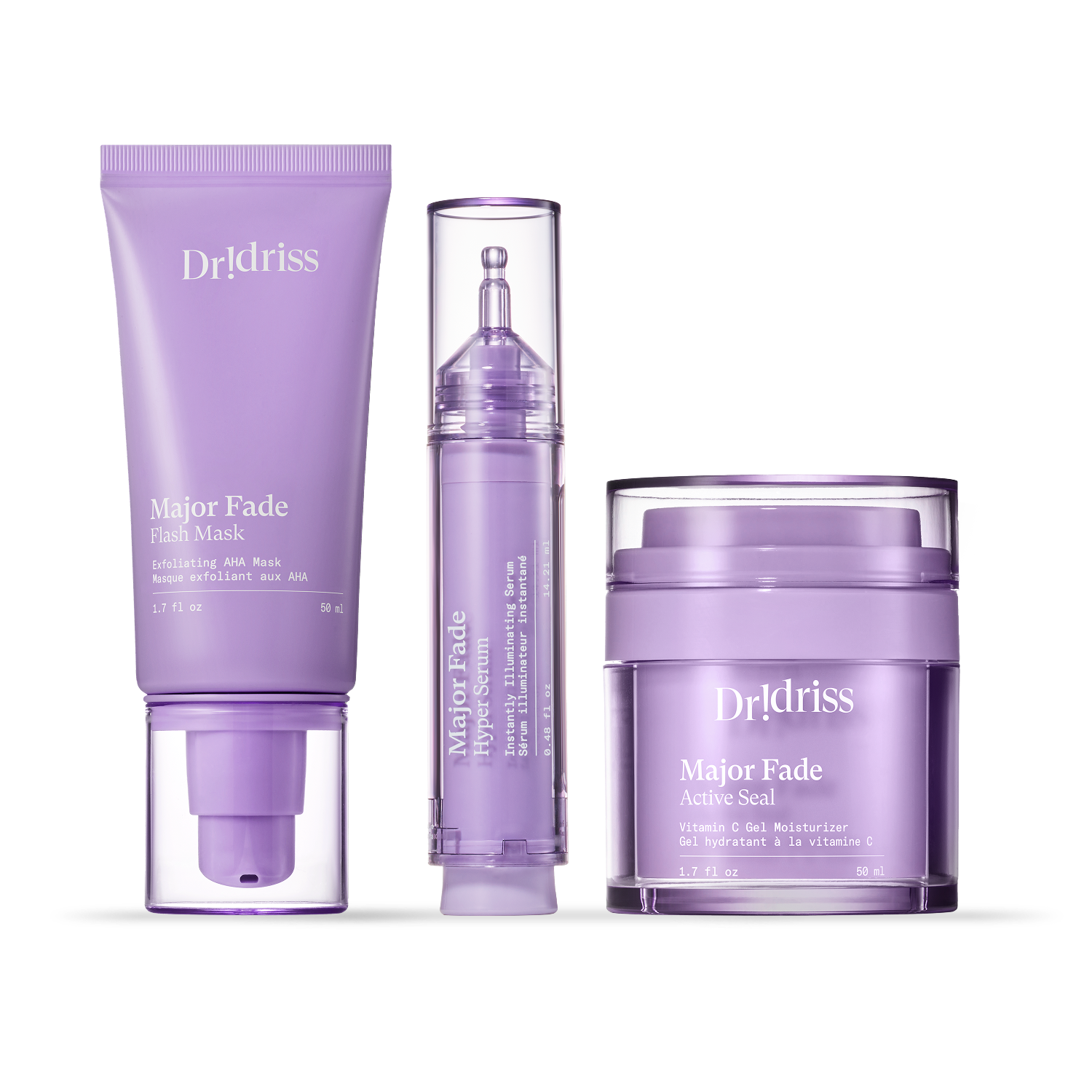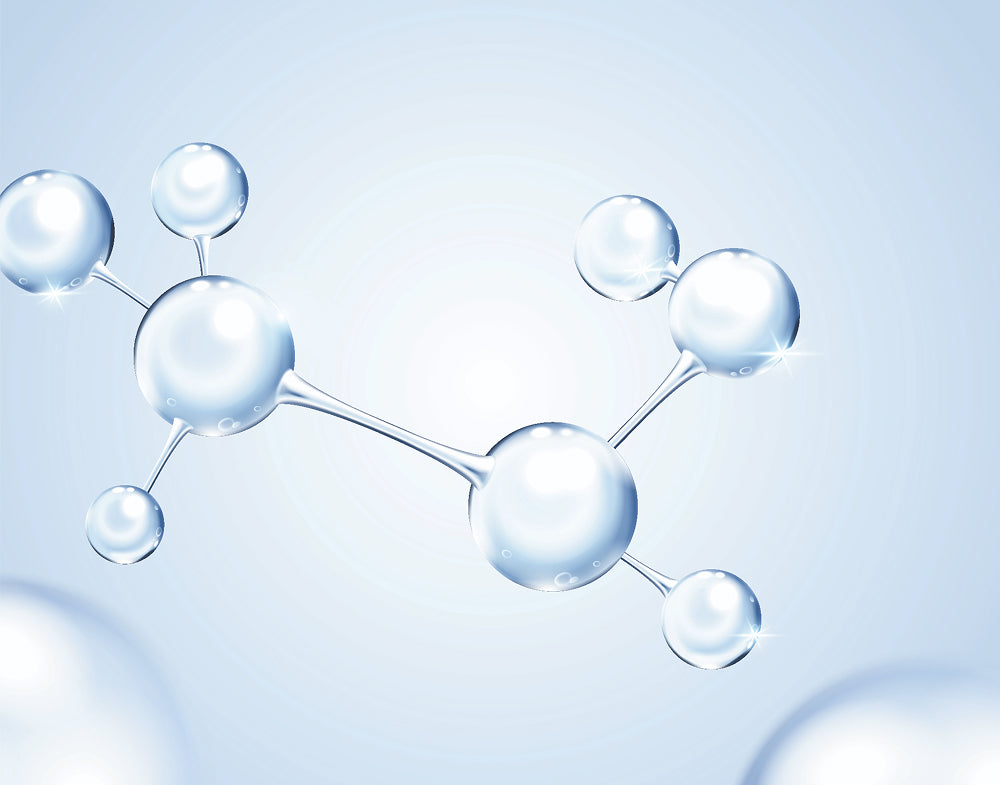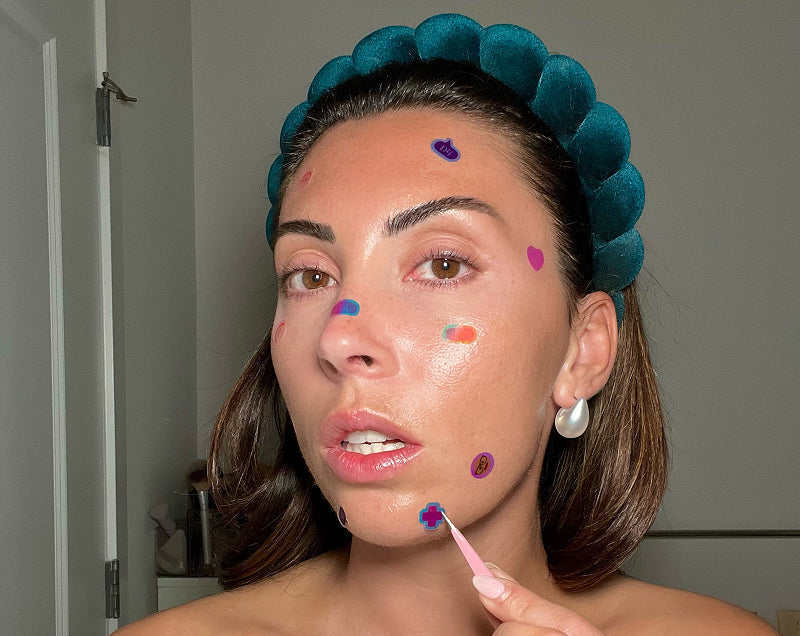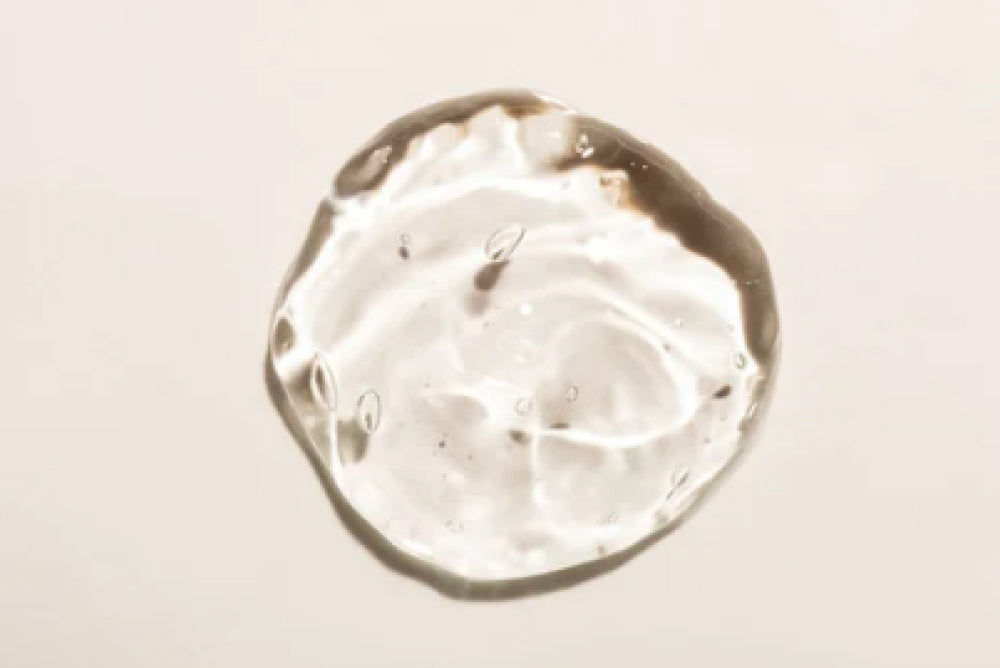
Azelaic acid is having a moment—and honestly, it’s about time.
You may have seen it popping up on social feeds or in skincare aisles lately, but this powerhouse ingredient is far from new. Dermatologists have been using it for decades to treat everything from acne to rosacea to hyperpigmentation. And yet, it’s still one of the most misunderstood actives in skincare.
Let’s break it all down: what azelaic acid is, how it works, and the five most common mistakes people make when using it.
What Is Azelaic Acid?
Azelaic acid is a dicarboxylic acid—fun to say, even better for your skin. It’s available in both over-the-counter (0.5%–10%) and prescription strengths (15%–20%), and it’s unique in that it can treat multiple skin concerns at the same time:
-
Acne: It kills C. acnes bacteria and helps prevent clogged pores.
-
Rosacea: It calms inflammation and reduces redness.
-
Hyperpigmentation & Melasma: It helps regulate melanocyte activity (the cells that produce pigment), making it a star player for fading dark spots.
-
Skin Barrier Health: It strengthens the barrier and reduces overall irritation.
-
Keratosis Pilaris: It can even help minimize those stubborn “chicken skin” bumps on your arms.
Think of it as the multitasker your routine’s been missing.
So Why Isn’t Everyone Obsessed?
Well, they should be. But azelaic acid doesn’t come with instant gratification. It works behind the scenes, gradually rewiring how your skin behaves. Because it’s not an exfoliating acid (more on that below), you may not “feel” it doing anything—no tingling, no flaking, no visible purge.
And that’s exactly the point.
5 Mistakes People Make with Azelaic Acid
1. Using the wrong strength for their needs
Over-the-counter formulas (up to 10%) are great for beginners or maintenance. But stubborn concerns, like melasma or moderate to severe hyperpigmentation, usually require prescription-level strength (15–20%). Think of it like exercise: daily walks = your OTC skincare. Prescription treatments = your personal trainer. Lasers? That’s lipo. Choose accordingly.
2. Assuming it’s an exfoliating acid
Despite the word “acid” in its name, azelaic acid is not an exfoliant. It doesn’t slough off dead skin like glycolic or salicylic acid. Instead, it modulates how your skin cells behave—it calms inflammation, reduces bacterial activity, and rebalances pigment production. No peeling required.
3. Expecting overnight results
Azelaic acid takes its time, but the results are worth the wait. Like slow, sustainable fitness gains, it’s about consistency, not speed. Layering on harsh actives to “boost” the effect usually leads to irritation and a compromised skin barrier. Be patient. Take progress pics. Trust the process.
4. Giving up on the texture
Let’s be honest: Azelaic acid isn’t the most elegant ingredient. It’s a powder that often sits in a suspension, which can feel gritty or pill under makeup. The fix? Use it at night. No one’s judging your chalky bedtime routine—especially not your skin.
5. Believing it has to be a full-face serum
Azelaic acid doesn’t need to be applied all over the face. It works beautifully as a spot treatment, especially for hormonal or postpartum breakouts along the jawline or neck. It’s gentle enough to use twice daily in targeted areas—just let your skin guide you.
Final Thoughts
Azelaic acid may not be flashy, but it’s one of the most versatile, gentle-yet-powerful ingredients you can add to your skincare routine. Whether you’re managing redness, breakouts, dark spots, or barrier health, this ingredient deserves more credit—and a permanent spot in your regimen.
Want more skin science straight from the derm? Make sure you’re signed up for our newsletter here.





